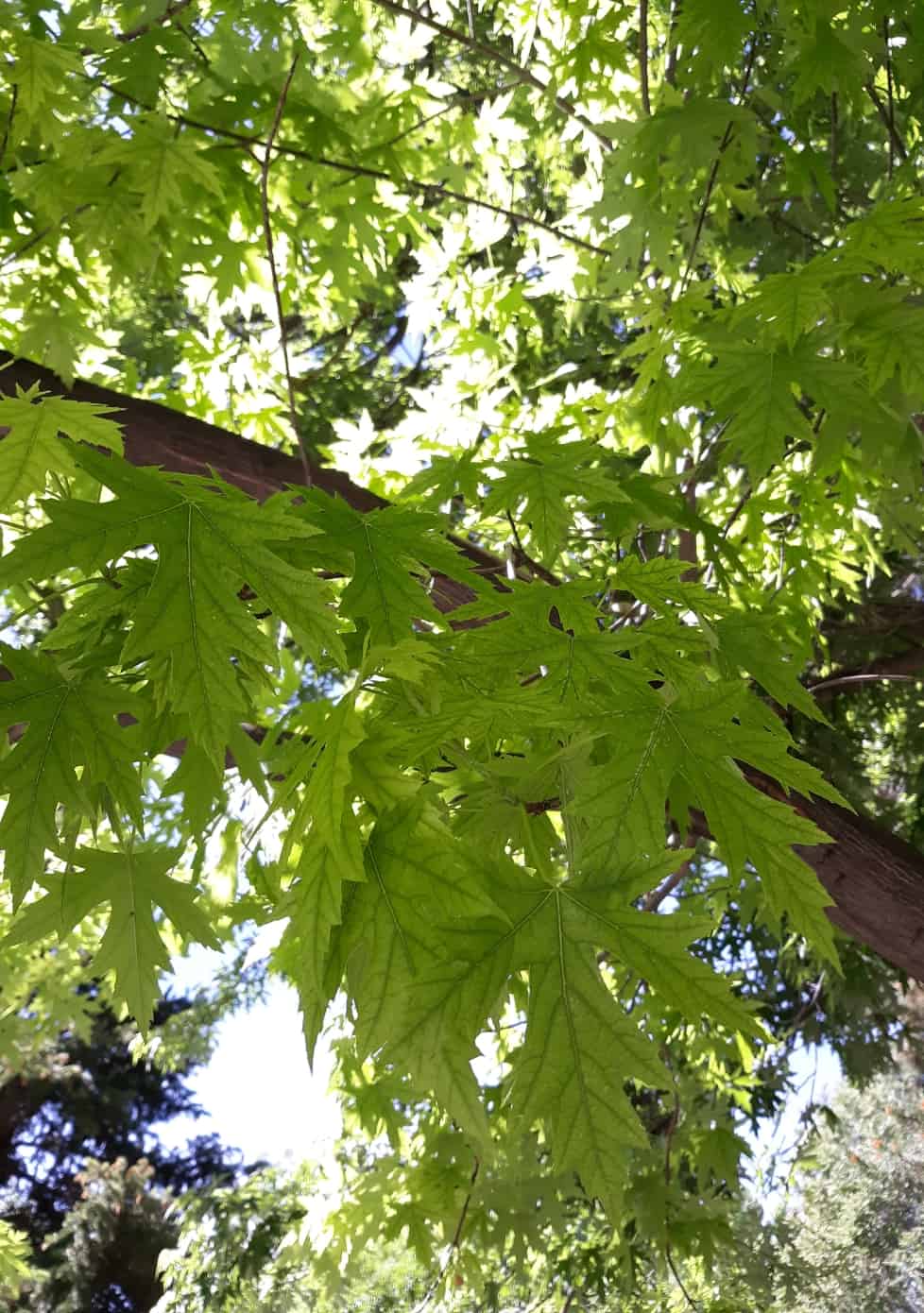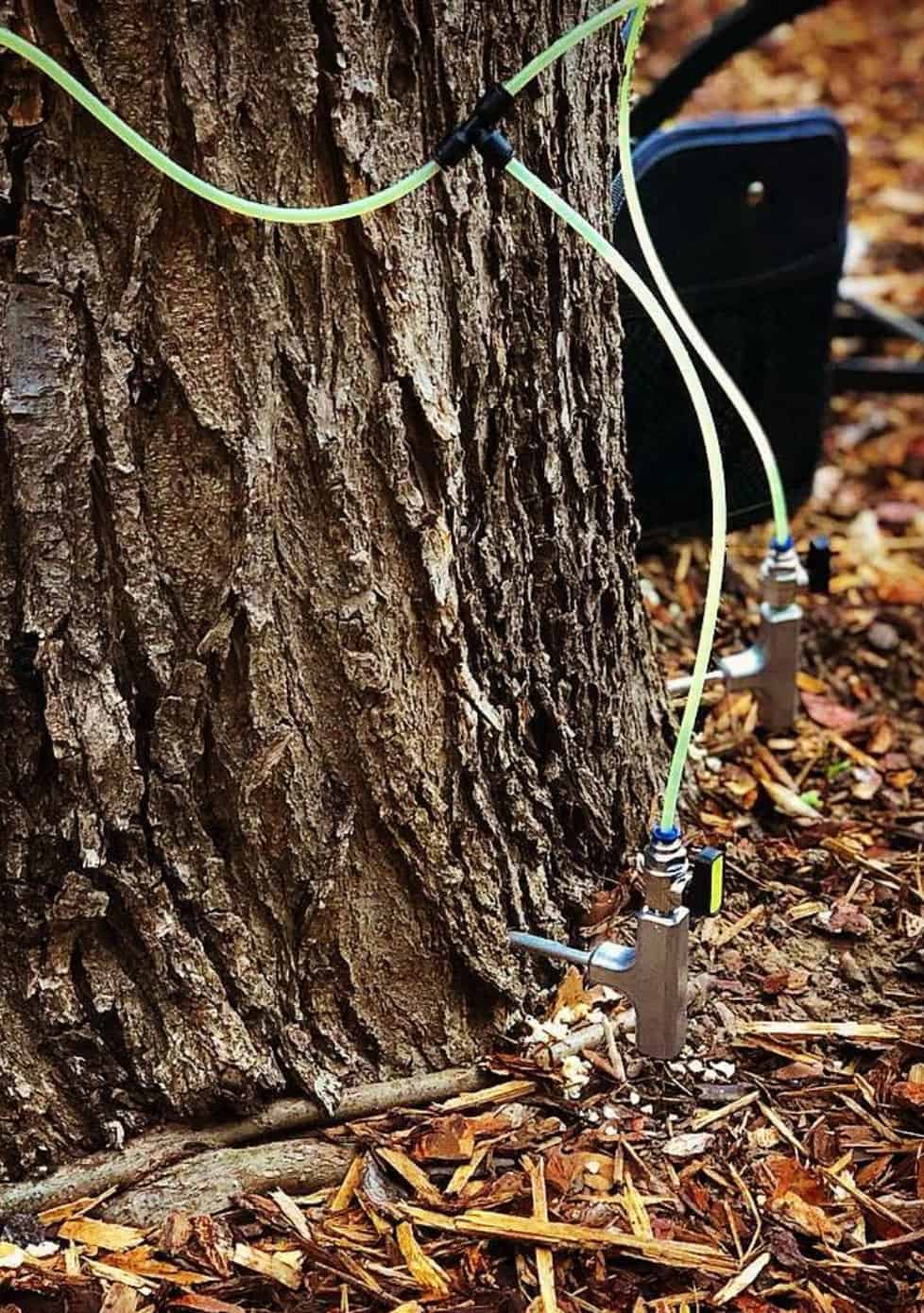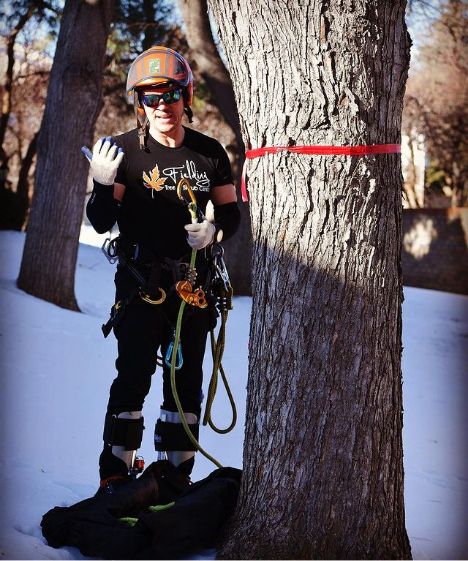Pest & Disease Management
Knowledge is Key
Identifying the Pests & Tree Diseases
In order to move forward with an effective plan, it is very important to know what you are working with. Whether it’s a stubborn pest like the emerald ash borer or a variety of tree diseases, our arborists have the skills to not only assess what could be happening with your landscape, but also treat the issue. Explore here what could be happening with your trees and shrubs!
Chlorosis
Chlorosis, a result of nitrogen, magnesium, and iron deficiencies in trees, is common in the South Denver and Littleton area. The alkaline soil in Colorado, with high pH levels, makes iron insoluble, leading to iron chlorosis, seen as yellowing leaves and brown areas. Act early to prevent damage.
Emerald Ash Borer
A non-native beetle, Emerald Ash Borer, threatens North American Ash trees. Stay updated on “EAB” news for landscape protection. If unsure, consult a tree pest control company.
Fire Blight
Caused by Erwinia amylovora, fire blight affects trees, turning leaves black and causing cankers. Prompt intervention is vital. While harmless to humans, it’s harmful to plants, particularly apple and pear trees. Consider reaching out to a tree pest control company for advice.
IPS Beetle
IPS beetles, or engraver beetles, mark tree wood, mainly spruce and pine. They’re active from March to November. Vigilance is key, especially in winter. With over eleven native species, IPS beetles are a significant threat in Denver. Consult a tree pest control company for guidance.
The Cure
Shrub & Tree Pest Control Treatments
If you are worried you have a sick tree from either pests or disease, we’ve got you! We aim to ensure a more healthy landscape. Our highly knowledgeable arborists can assist you with a proactive approach for both prevention and mitigation.
Tree Treatment
- Complimentary On-Site Diagnosis
- Fertilization
- Tree Trimming
- Tree Removal
Pest Services
- Trunk Injections
- Soil Injections
- Tree Removal
- Tree Sprays
Prevention
Tree Care and Tree Care Products
Prevention is the best way to care for your trees, keep them strong, and defend themselves against pests and diseases. There are many steps you can perform at home yourself, but we are a tree care company that’d like to help you! Read more about preventative actions we can implement for you, and what products are safe to use.
Protecting the Environment
In the picturesque regions of South Denver, Centennial, and Littleton, Fielding Tree Care distinguishes itself by championing environmentally conscious practices. Our approach revolves around a deep respect for the delicate balance of the natural ecosystem. Given the restrictions posed by pollinator warnings and the limitations on product use during crucial stages of plant growth, our tree service professionals advocate for a thoughtful evaluation of your landscape.
As a tree pest control company, we emphasize the importance of engaging a professional arborist who possesses the expertise to assess all relevant factors on your property. In cases where treatments are deemed essential, our arborists prioritize the use of the safest methods, such as re-evaluating the existing vegetation on your landscape before resorting to chemicals. Fielding Tree Care remains committed to minimizing the environmental impact, ensuring that your property thrives with the least possible disruption, even when the necessity for chemical interventions arises.
Now Is The Time To Protect Your Trees.
Take the first step to protecting your landscape by contacting us for a free consultation with one of our ISA-certified arborists. Receive the best care in pest control services near you for a variety of things your trees may need. If you have any questions you’d like answered before booking click on our number below!
Resources
Latest Tree Pest & Disease Articles
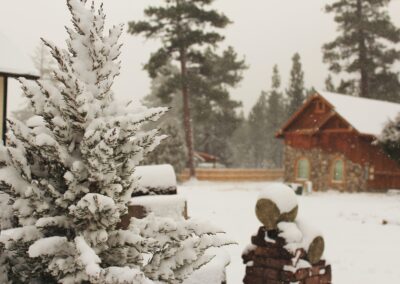
Colorado Pine Tree Root Systems: Friend or Foe to Your Property?
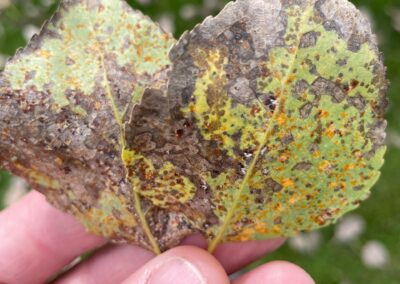
Deciphering Cottonwood, Willow, and Aspen Leaves Turning Black or Spotted
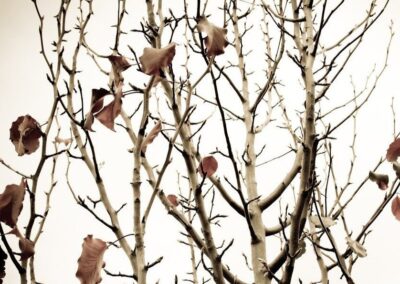
5 Tips for Winterizing Trees and Shrubs in Littleton and South Denver
Notes on Common Pests and Diseases in the South Denver Area
Ensuring the health of your landscape requires safeguarding trees and shrubs from pests and diseases that can deplete resources and cause irreversible damage. Our arborists are here to assist you in identifying and preventing these issues. Below, find a concise overview of specific tree pests and diseases:
Banded Ash Borer Beetle
- Native to North American forests, these wood-boring beetles harm stressed trees by tunneling under bark, cutting off nutrient access, and weakening limbs.
- Visual distinctions: dark gray or black adult beetles with white or yellow looped markings; larvae are off-white with a dark head capsule.
- Life cycle: overwinter as adults, emerge in spring, lay eggs, larvae feed under bark, pupate in fall, damaging primarily in late spring and early summer.
- Targets: Ash, Oaks, Elms, and Lindens in Denver; stressed or newly planted trees are at high risk.
- Damage and Prevention Larval tunneling weakens limbs, making trees more susceptible to breaking in high winds. Arborists recommend proactive insecticide treatments in spring using systemic options applied as soil injections, trunk injections, or lower trunk sprays.
Chlorosis
- Resulting from a deficiency in nitrogen, magnesium, and iron due to alkaline soil with high pH levels in Colorado.
- Symptoms: yellowing leaves, starting with newer growth; can progress to brown and scorched areas, potentially leading to tree death.
- Identification tips: vigilant monitoring for yellowed leaves at branch tips, smaller leaves, and scorched leaf edges.
- Treatment: No one-size-fits-all solution; options include lowering soil pH (ineffective in Colorado), soil iron treatments, and professional trunk injections by arborists.
Douglas-Fir Tussock Moth
- Feeds on spruces, true firs, and Douglas-firs, causing significant damage and weakening trees.
- Natural enemies include wasps, tachinid flies, spiders, and birds.
- Prevention: early spraying of young larvae in mid- to late May after eggs hatch.
Elm Leafminer and Elm Beetles
- Elm leafminer lays eggs on undersides of leaves, causing yellowing; Elm beetles skeletonize leaves.
- Damage includes stress, defoliation, and susceptibility to other issues.
- Prevention: selecting resistant elm varieties, pruning infested branches, and maintaining overall tree health through watering, fertilizing, and mulching.
- Treatment: Arborists recommend preventative treatments in April, as delaying until May or June may be too late.
Emerald Ash Borer (EAB)
The EAB beetle poses a threat to ash trees in Colorado, aggravated by dry conditions. Arborists from a reputable tree pest control company suggest preventative measures as EAB spreads through flying and infested objects. The beetle’s life cycle contributes to rapid infestation, leading to tree death.
Evergreen Boring Pests
Spring brings Evergreen Borer Beetles, affecting pine and spruce trees. Various beetle types target specific trees, such as the Mountain Pine Beetle, Pine Sawyer Beetle, White Pine Weevil, and Zimmerman Pine Moth. Arborists from a trusted tree pest control company recommend preventative measures like regular watering, arborist treatments for infected trees, and removal in severe cases.
Fire Blight
Fire blight, a bacterial disease, affects trees with distinctive symptoms, including water-soaked blossoms, blackened leaves, dead branches, and more. Arborists from a recognized tree pest control company suggest preventative care like planting resistant varieties, cultural practices, and using Plant Growth Inhibitors (PGRs).
IPS Beetles
IPS beetles, active during winter, target spruce trees and pine trees, causing rapid fading. Signs include boring dust, distinct galleries under bark, and woodpecker feeding. Arborists from an experienced tree pest control company recommend effective monitoring, necessary watering, consistent pruning, and preventative trunk injections.
Japanese Beetles
These pests target plants and can be identified by adult beetles, buzzing, and chewed-up leaves. Arborists from a reliable tree pest control company recommend shaking plants to remove beetles, cautious insecticide use, and avoiding Japanese beetle traps.
Thyronectria Canker & Honey Locust Borers
- Thyronectria cankers impact honey locust trees, causing damage and potential death. Symptoms include reduced foliage, bark injuries, and yellow-brown lesions. Arborists from a reputable tree pest control company suggest preventative care, prompt pruning, and removal of infected trees.
- Prevention: Honey locust borers feed on inner bark, leading to dieback and potential tree death. Signs include progressive dieback, small holes, knots, and sawdust. Arborists from a well-established tree pest control company recommend early detection, inspections, and maintaining tree health through watering, fertilization, pruning, and root protection.
